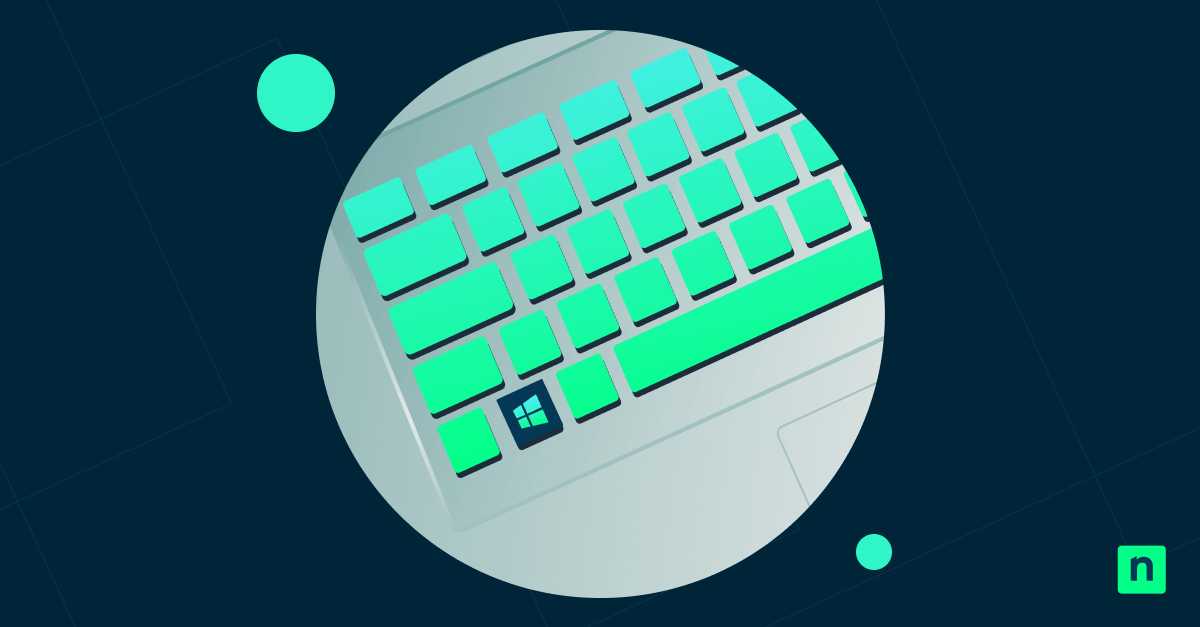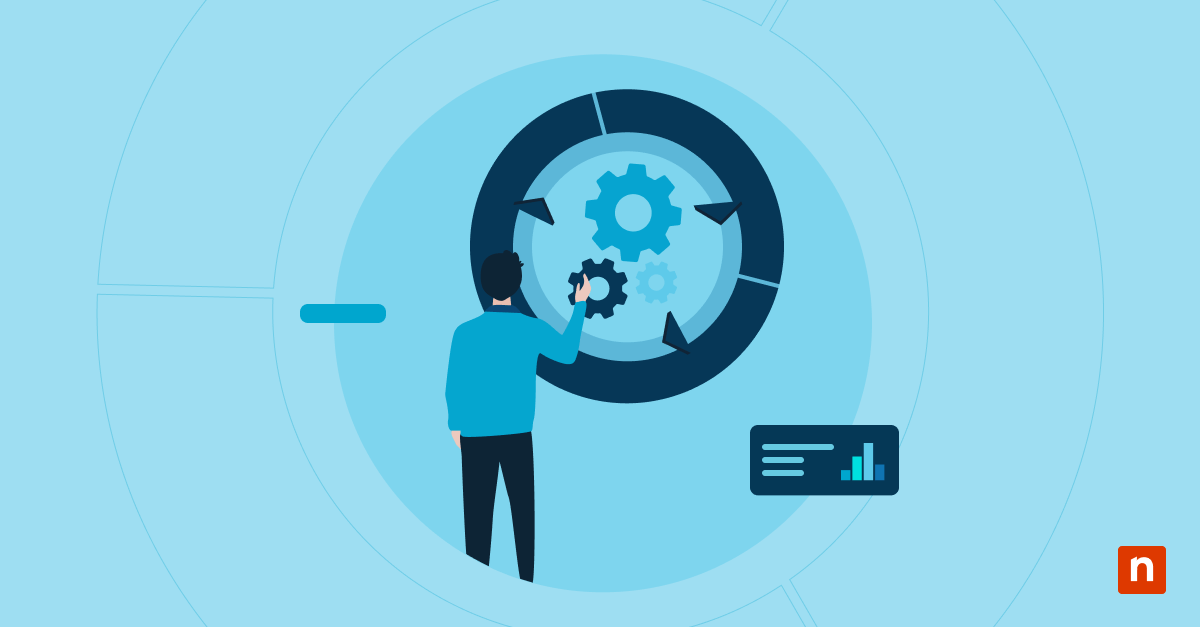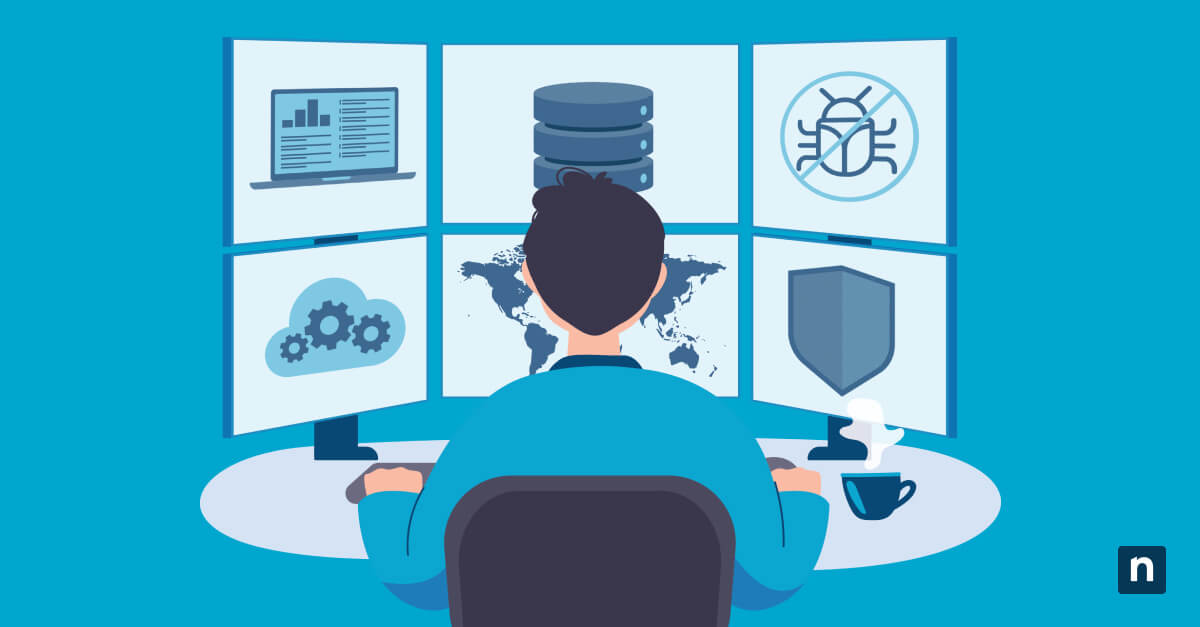Key Points
ITIL vs ITSM: Explained for Professionals
- ITSM (IT Service Management) Explained: ITSM encompasses the methodologies for designing, delivering, managing, and improving the way IT is used within an organization to meet business needs.
- ITIL (Information Technology Infrastructure Library) Explained: ITIL is a widely recognized framework within ITSM that provides adaptable and scalable best practices for delivering IT services effectively.
- Differences between ITIL and ITSM: ITIL acts as a framework for ITSM with more focus on organization efficiency and service delivery. ITSM is more concerned with managing the entire set of activities and processes for IT services.
IT professionals always search for the most efficient and cost-effective solutions, methods, and best practices. The Information Technology Infrastructure Library (ITIL) and Information Technology Service Management (ITSM) are related guidelines that can help in this pursuit.
Both ITIL and ITSM revolve around providing IT services. Although they prioritize and attend to different things, ultimately, their goal is to improve both efficiency and efficacy. Read more about ITIL vs. ITSM below.
What is Information Technology Infrastructure Library (ITIL)?
ITIL, simply described, is a specific framework for IT services. An ITIL certification provides IT professionals with best practices and assists with risk management, improves IT environment stability and scalability, and strengthens customer relationships. Additionally, ITIL’s guidelines emphasize cost-effectiveness as essential to good IT support services.
Before you dive deeper, you can also watch our video: What Is ITIL Certification & Is It Worth It?, a quick guide to understanding the ITIL framework, certification paths, and career value.
What is Information Technology Service Management (ITSM)?
ITSM focuses on informing business decisions through IT service standardization and data analysis. More specifically, ITSM refers to a company’s plan for providing good IT support and services to its customers. That plan usually includes creating or designing projects, delivering helpdesk support, and supporting endpoints, networks, infrastructure, and other components of a customer’s IT environment.
ITIL vs ITSM
While ITIL is a broad set of guidelines that generally informs organizations on best practices for effectively delivering IT services, ITSM is a set of processes, policies, and procedures for IT service delivery. However, ITIL and ITSM have much in common despite their differences, and both are essential for a complete IT service package.
Differences between ITIL and ITSM
- Scope: ITIL acts as a framework for ITSM, giving IT support professionals a set of broad guidelines to provide a positive experience and effective support for customers. It focuses on efficiency, organization, and smooth workflows. ITSM is more concerned with managing the entire set of activities and processes for IT services.
- Goals: While ITIL focuses on the customer experience and how to interact with the people receiving IT services, ITSM is driven more by profitability goals and is used to align IT services with your organization’s ability to bring in revenue. Although both seek to improve support quality, ITIL focuses more on the customer, and ITSM focuses primarily on your organization.
- Focus: Although both ITIL and ITSM are concerned with IT services, they differ a lot in their scope. ITIL is an ITSM framework that provides guidelines to improve efficiency and enhance overall IT service delivery. ITSM, on the other hand, includes all the processes and activities that go into IT service delivery from end to end.
Similarities between ITIL and ITSM
There is a relationship between ITIL and ITSM. ITSM is a broad term that refers to the management of IT services through processes and procedures. ITIL is a framework that provides best practices for ITSM. Because they are interrelated, they share a few similarities.
- ITIL and ITSM are designed to work together: One is not sufficient without the other for delivering good services. To implement ITSM, companies often use the ITIL framework, though it is worth mentioning that there are other, less popular frameworks out there that could be utilized as well.
- Both are concerned with best practices: Ultimately, ITIL and ITSM are designed to ensure that IT support companies are providing good services to their customers, and they aim to streamline those services to be cost-effective and efficient.
👉 Tip: Want better IT workflows? Watch ITIL vs ITSM and streamline your processes.
ITSM and IT operations management
Since ITIL change management refers to a set of best practices, it is used to guide an organization’s IT service delivery. However, ITSM tools are available for automating basic service tasks and supporting users and endpoints. In addition to ITSM, ITIL also provides guidelines for IT asset management. IT operations management (ITOM) refers to the management of an IT infrastructure and sets a critical foundation for IT functions.
Compared to ITSM, ITOM focuses much more on the inner workings of your organization’s IT environment than on client relations and service delivery. However, both are influenced by the ITIL guidelines, and the integrated, automated management practices established by ITSM platforms are reflected in ITOM. These tools streamline and facilitate effective management for IT environments, and they generally work best when used together and with regard to ITIL.
Want better IT workflows? Watch ITIL vs ITSM and streamline your processes.
Provide excellent IT services to your customers
With ITIL’s guidelines and ITSM processes, your organization will be able to provide excellent IT services to your end users. Another way to improve your IT service delivery is to actively monitor and manage the endpoints in your environment.
As ITSM focuses on managing services to meet business needs and ITIL emphasizes structured best practices for continuity and risk mitigation, NinjaOne SaaS Backup aligns perfectly by providing automated, secure, and compliant backup solutions for SaaS environments, especially when paired with NinjaOne Endpoint Management® for complete visibility and control over servers and endpoints.








